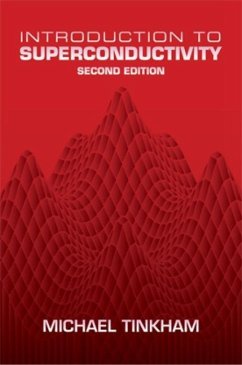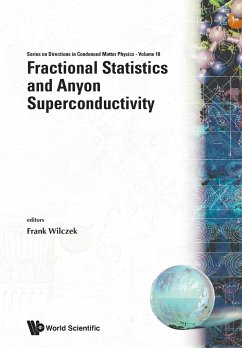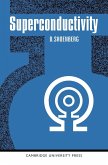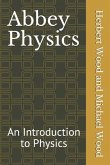Using the simplest and most physically intuitive arguments and methods, Introduction to Superconductivity exposes not only graduate students but professionals in academe and industry to the breadth and richness of the phenomenon of superconductivity. Applications as well as fundamental principles are thoroughly covered. The author not only views superconductivity as a macroscopic quantum state, as described by the Ginzburg-Landau phenomenological equation, but also recognizes that the fundamental entity is the paired electrons of the microscopic theory of Bardeen-Cooper-Schrieffer. Special features include a treatment of varied phenomena in a simple way which keeps the microscopic theory of BCS in the background, and a thorough discussion of magnetic properties of type II superconductors, including dissipative effects and the use of twisted multifilamentary wires. After treating the fundamentals of the Josephson effects, an analysis is given of how the popular RF-biased SQUID magnetometer works. An extensive discussion of fluctuation effects is also included. Major changes in this new edition include the following: new chapter on high temperature superconductors; updated and expanded discussion of the Josephson effect; new chapter on the Josephson effect in mesoscopic junctions; new chapter on nonequilibrium superconductivity; introductory treatment of electrodynamics in London theory level; and the deemphasis of nonlocal electrodynamics. The level of treatment presumes a background in Solid State Physics and Basic Quantum Mechanics and avoids the use of Thermal Green's Functions.








